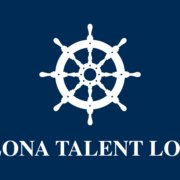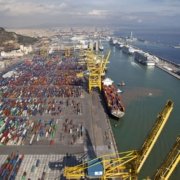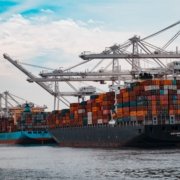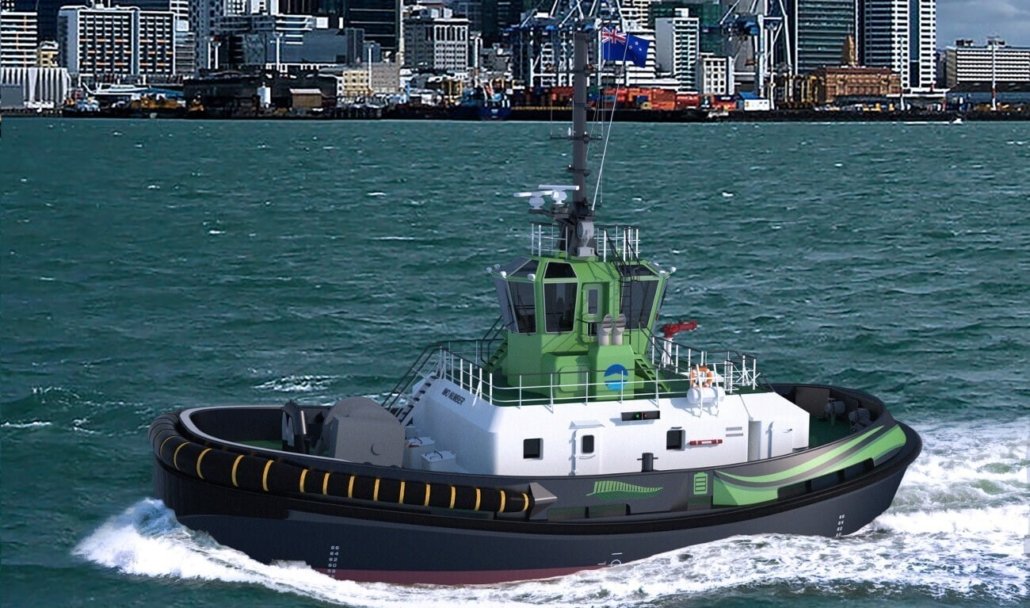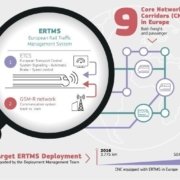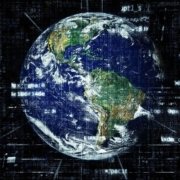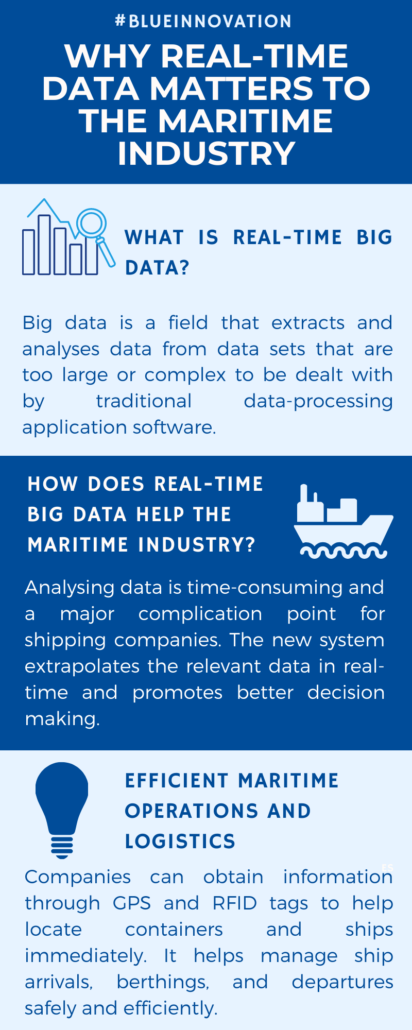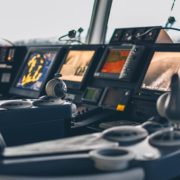Talent is our organisation’s main asset
The world of employment has always seemed daunting to young people. Having completed either higher education or specialised training programmes, young people frequently lacked the technical know-how that was expected of them from the get-go. Traditional educational models haven’t focused on practical experiences to prepare the youth for the challenges of the future. Nevertheless they have always represented talent – a sea full of potential for companies to seek new talent from. In recent years, and in particular following the technological advancements of the 21st century and the shifting employment environment after the Covid-19 pandemic hit, employers now began to focus on seeking true potential from new employees – and have begun to value life experiences and other soft skills over technical experiences that mattered so much more in the past – changing the aspects of their employability. As the Escola has been focusing on improving the employability of youth in recent years, in particular in light of the YEP MED project, we wanted to understand the approaches used by companies to source their talents.
In the following article, José del Moral from the Barcelona Talent Logistics company, talks about the evolving approaches of companies seeking new employees.

Written by José del Moral, CEO, Barcelona Talent Logistics
“Talent is our organisation’s main asset”. Apart from an absolute truth, this is one of the most recurring statements in the speeches of CEOs and business leaders when addressing employees in the frame of meetings and events’ celebrations.
However, how does the activity look like when it comes to Talent Acquisition and Management in the Logistics industry? Thorough studies on this subject, platforms like Glassdoor and several public/private institutions in the EMEA (Europe, Middle East and Africa) region seem to agree on certain trends and scenarios:
- The average time from the moment a white collar vacancy opens up until new talent is in place is around 90 days.
- Staff turnover in the first 3 months from start date is nearly 22%.
- Regarding the level of satisfaction with their role, survey metrics show a range between 60-70% of detractors/neutrals out of all employees in the sample, 3 months after joining.
The above, along with massive other data and indicators, reflects an immense cost in terms of productivity, work environment, staff turnover/burnout and employee’s lack of trust, while the financial impact for the organisation is ultimately enormous.
“Talent is our organisation’s main asset” should not be just a declaration of will, but serve as the kick-off for a well-developed plan to acquire and nurture talent to the highest level according to the business needs. No excuses, no appeals. Logistics enterprises need to further develop their vision towards this subject and make a commitment to upgrade their levels of professionalism so as to improve competitiveness in the market.
Making logistics enterprises increases their competitiveness, by upgrading their acquisition and management of talent. This is the exact goal companies like Barcelona Talent Logistics focus on, while delivering excellence in 5 key stages along the way:
- Talent Needs Analysis: This is where one of the main problems usually lies. The lack of in-depth understanding regarding the exact need that the business requires makes the purpose of acquiring the right talent unfeasible. A clear insight into the role, its requirements, work environment, organisational culture, reporting lines, department’s structure or company’s concept must be the base line for each single process to acquire talent.
- Talent Mapping and Segmentation: This activity should always be conducted before the need to do so comes up. A proper identification of all potential candidates for a particular role is a work to be done upfront, not to delay the process for the acquisition of talent later on. A thorough knowledge of the logistics talent community and powerful software for talent segmentation and lead nurturing is crucial for the success of the strategy in Talent Acquisition.
- Candidate Assessment: Behavioural patterns are far better predictors of future performance than any other indicators in most of the roles in logistics. However, are we assessing behaviours properly, along with traits, qualities, hard skills, cognitive capabilities, expectations, motivations, financial needs,…? Once again, a great part of this activity must be performed before the need for new talent, to avoid losing efficiency afterwards throughout the process. Additionally, technology and artificial intelligence need to be applied within this stage, as we will need massive amounts of data to be exchanged with leads and candidates, all the while avoiding setting time-consuming tasks for them.
- Decision-Making Process: hiring managers and business leaders are the ones to decide what exact talent will be hired for a particular role. However, decisions made in this stage may lead to losses/profits in dozens of thousands of euros. Therefore, this is actually the stage where Talent Acquisition experts must provide valuable and structured information to the business more clearly, so as to maximize the chances of making the right choice.
- Appraisal and Performance Management: certainly, acquiring the right talent, at the right moment, in the right place is a great advantage to make the business succeed. However, employees life-cycle is influenced by a wide range of factors, which need to be assessed on a regular basis by experts in talent management. Thus, managers will have access to up-to-date data and thorough analyses concerning the talent under their scope, for them to lead their teams appropriately and create, consequently, a positive impact on the financial performance of the business.
Logistics is one of the most added value activities across companies, thus it must be left to logistics experts. Talent, on the other hand, is the most valuable asset in any company, and thus its sourcing must be brought to talent acquisition experts.
José del Moral
Chief Executive Officer
Barcelona Talent Logistics

